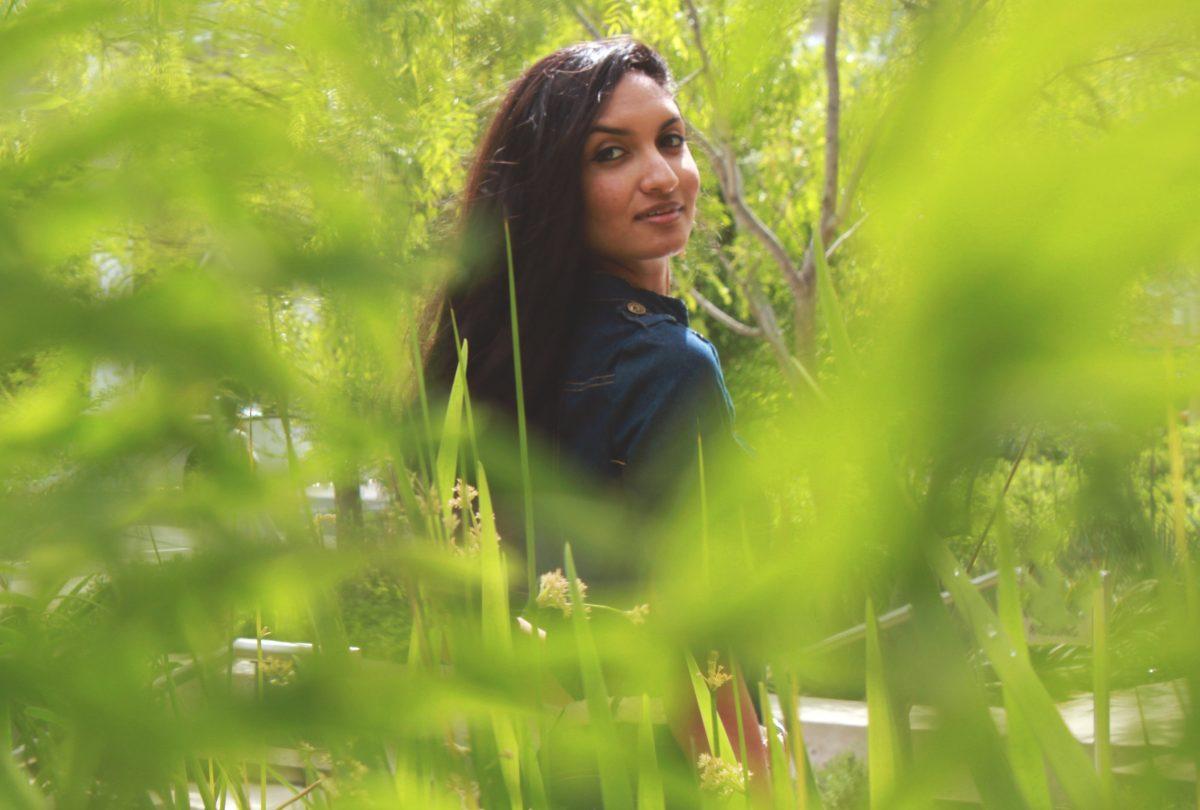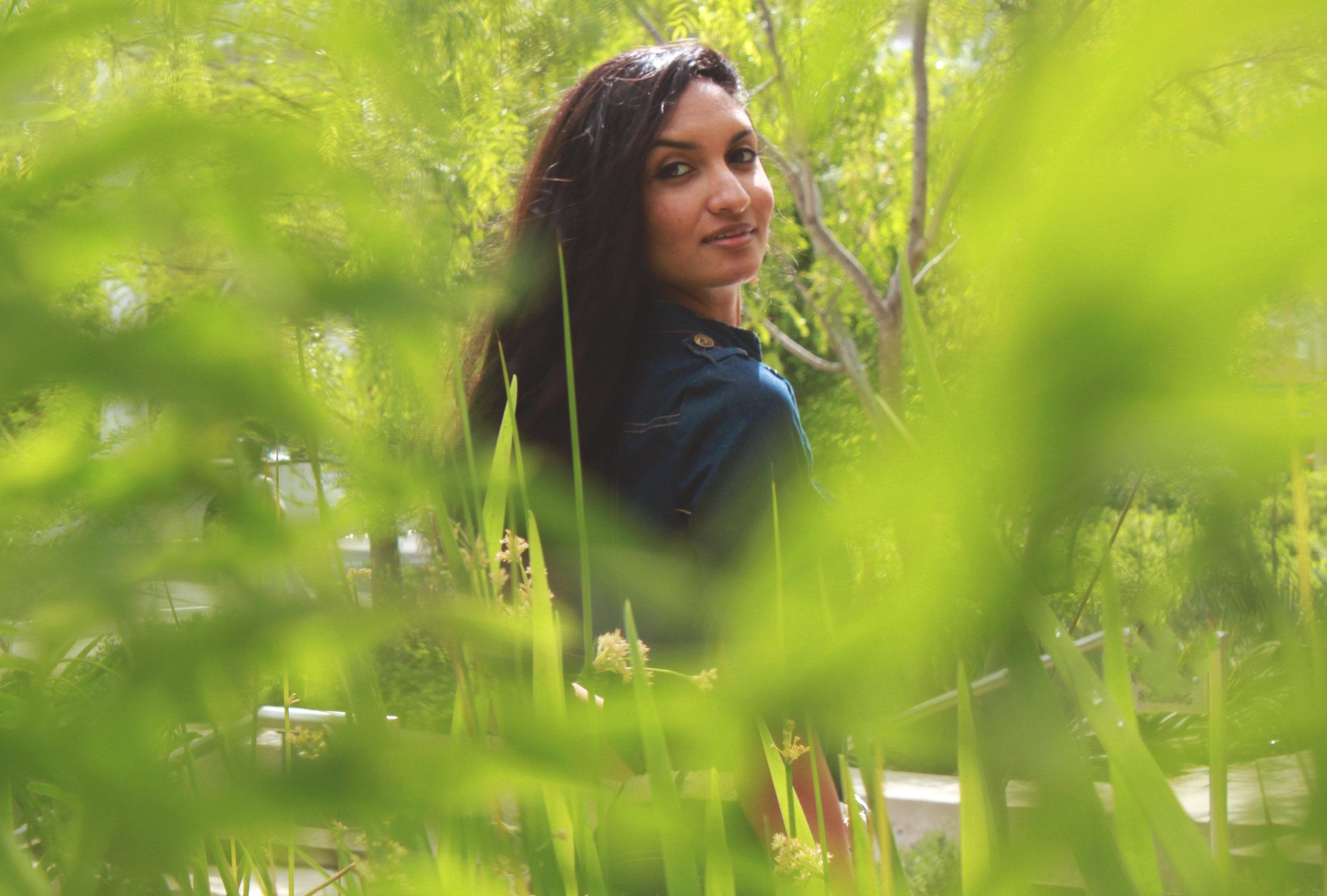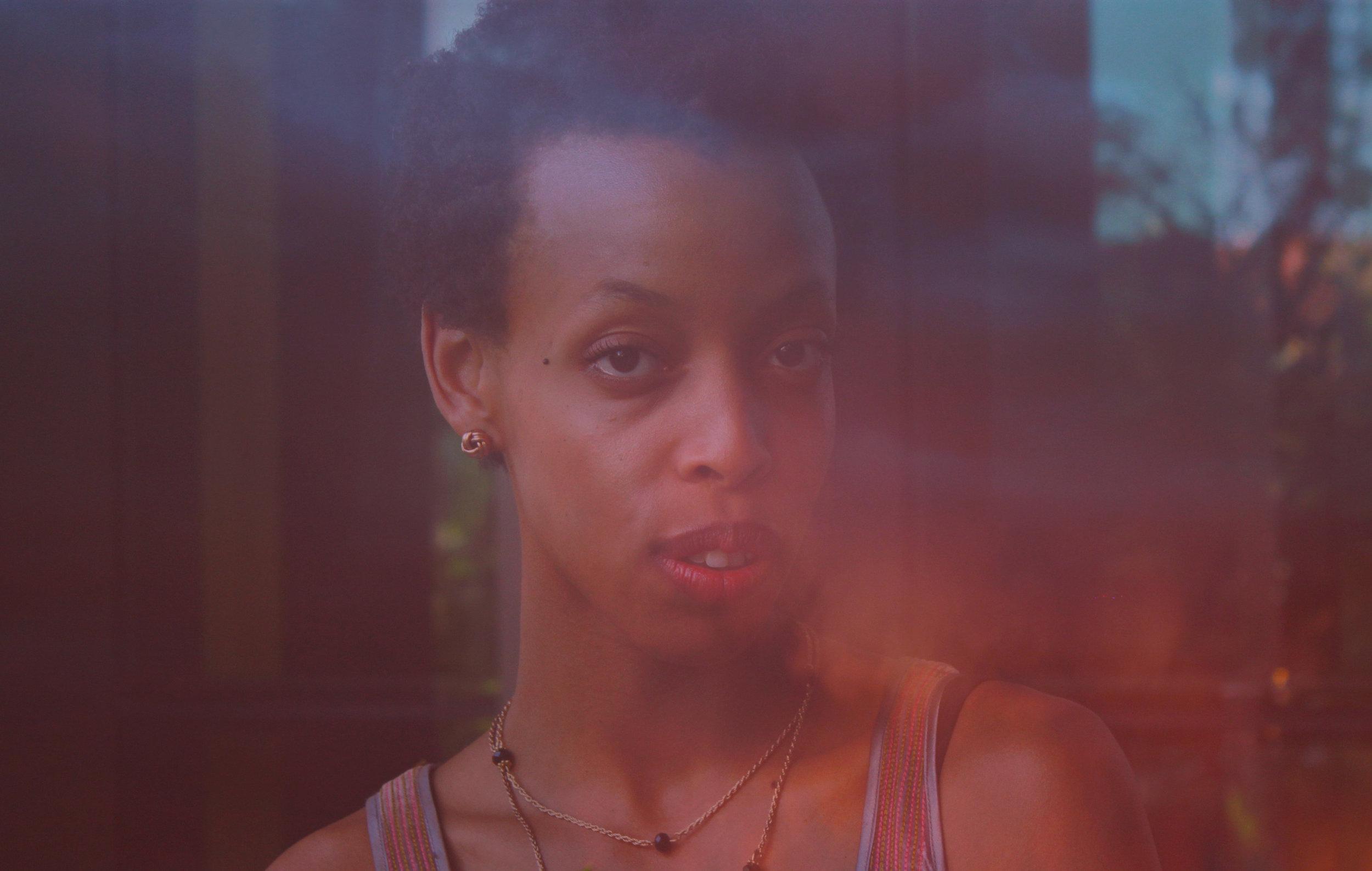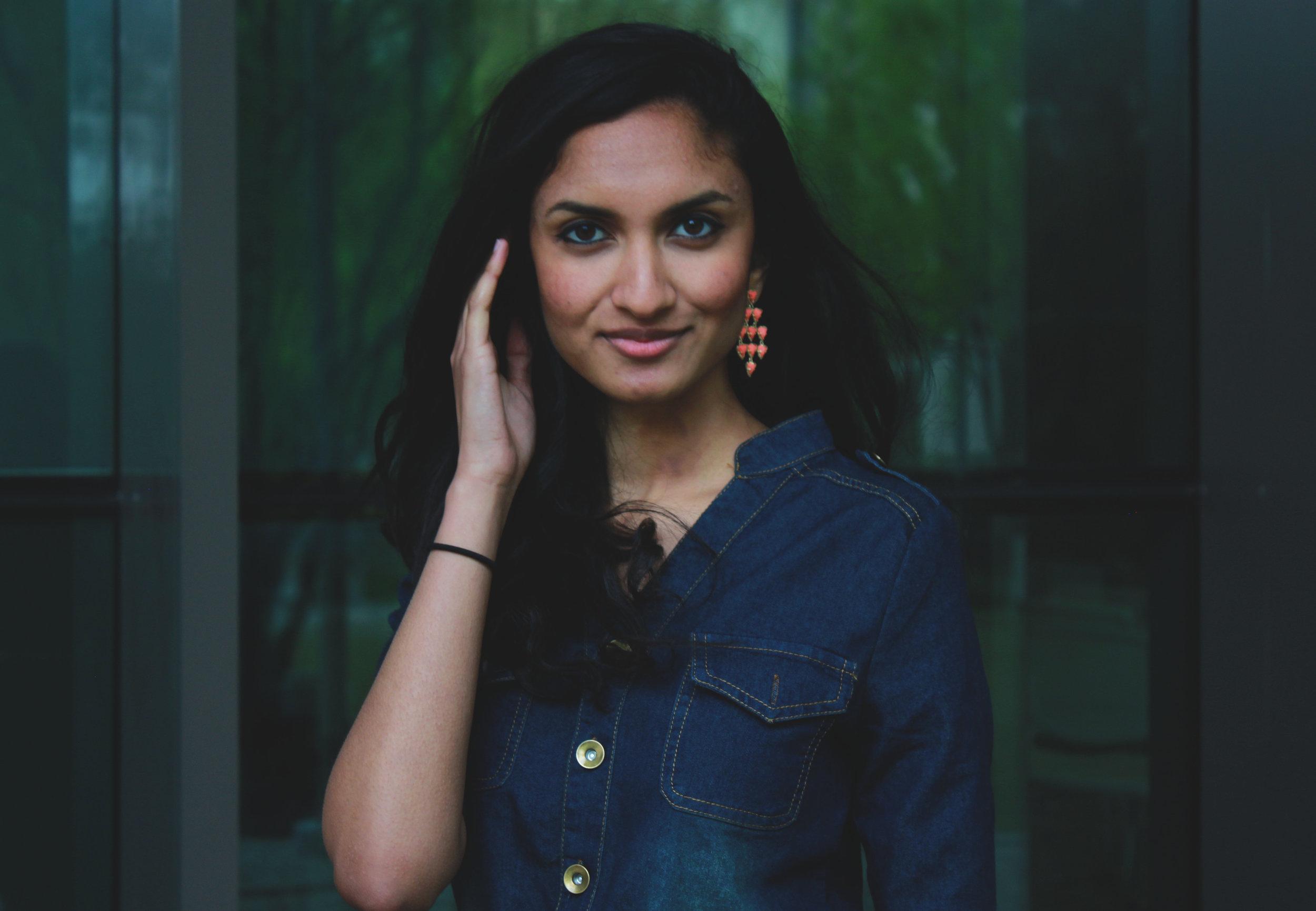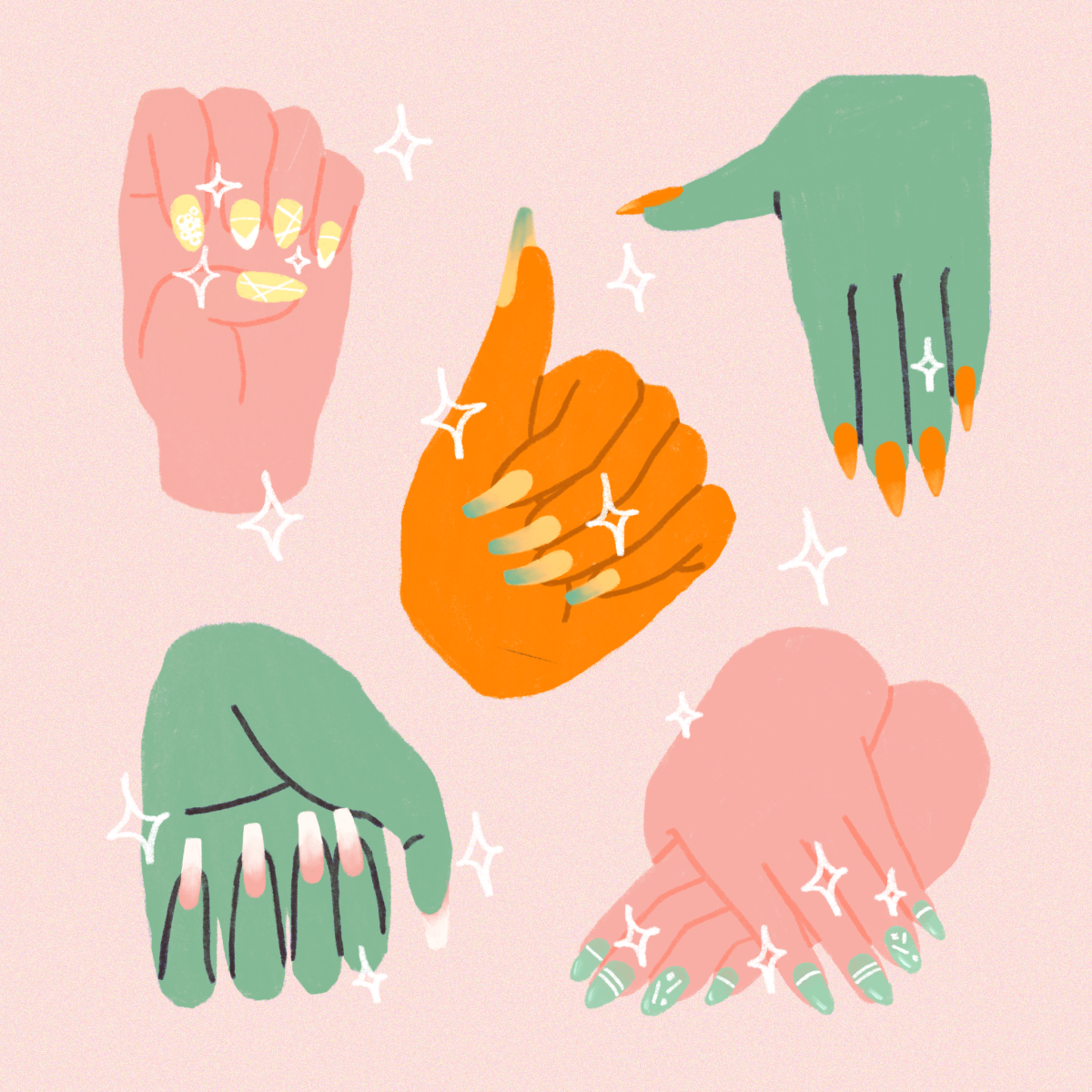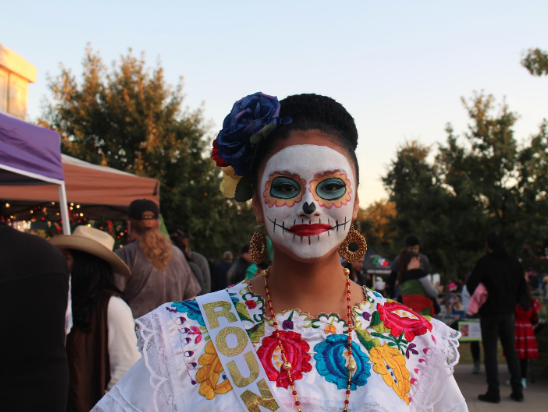Editor’s Note: This story originally appeared in Digital Issue V.
Models of all races, including Naomi Campbell and Iman, have attempted to bring attention to racism in the modeling industry.
Story by Rachana Jadala
Photos by Audrey Marlett
Neha Sukumar is a model of South Asian descent.
Earlier this year, Sudanese-Australian model Ajak Deng quit her career because of the racist treatment she received in the industry. She announced her decision on Instagram, bringing awareness to issues of representation, beauty and diversity in the modeling industry.
Models of color tend be to be typecast in shoots that focus on diversity or showcase designers hailing from similar backgrounds. “I’m not saying it’s right, but advertising becomes simpler when you can put people in boxes,” says Ash Kim, a recent University of Texas graduate and model. “The truth is, as a model, it did bother me to be singled out by my race, whether to my advantage or not.”
In an industry where that values aesthetics, looks can be emphasized in ways that are not always positive. Even though the product is fashion, models and their appearances are marketed as well. Local model Chenae Summers says that this motivates her career. “I want to be the example,” she says. “You don’t have to have that hair and look like that or be mixed to be considered beautiful.”
Summers is a well-known local model.
Neha Sukumar, a theatre and dance sophomore, says there is a heavy correlation between skin tone and beauty for South Asian designers. “The fairer you are, the prettier you are,” Sukumar says. “You can see in some of my recent photos that my skin looks five shades lighter than it really is.” According to Sukumar, designers edit her photos so that her features appear fairer. “I think that’s an overall mentality in the South Asian community.”
These types of preferences are regional and generally fit the mainstream definition of beauty rather than breaking the mold. As a model who worked in the United States and South Korea, Kim’s experiences highlight how seemingly varied yet narrow these preferences are. Kim explains that her race was an asset in the United States, especially in Texas where there was a demand for diverse models, but few models who fit their desired age, height and body proportions. “I actually had to work harder on erasing my Korean identity and becoming more ‘ambiguous,’ or preferably American,” Kim says.
Although all of the models interviewed say they enjoy working in the modeling industry, they have had some negative experiences, especially with makeup. “I always have to do my own base [foundation] because usually the makeup artist will only have white shades or they will make me look lighter than I am,” Sukumar says.
Sukumar attends UT as a theatre and dance double major.
This is an issue with the way makeup artists are trained, as well as an issue with the makeup market itself. “I don’t think it’s really their fault, but more the lack of diverse skin tones available in makeup products on the market,” Kim says.
The situation is changing, albeit slowly. Modeling is a representation of what a society considers beautiful. Like most facets of popular culture, the fashion industry can reflect a society’s values. “Looking at the prominence of a diverse range of models today, from Liu Wen to Joan Smalls, I’m pretty optimistic that we are slowly improving,” Kim says.































